
Hootie & the Blowfish is an American rock band formed in Columbia, South Carolina, in 1986. The band's lineup for most of its existence has been the quartet of Darius Rucker, Mark Bryan, Dean Felber, and Jim Sonefeld. The band went on hiatus in 2008 until they announced plans for a full reunion tour in 2019 and released their first new studio album in fourteen years, Imperfect Circle.
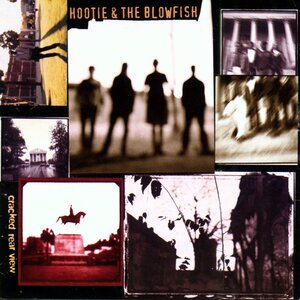
Cracked Rear View is the debut studio album by Hootie & the Blowfish, released on July 5, 1994, by Atlantic Records. Released to positive critical reviews, it eventually sold 10.2 million copies in the United States, becoming one of the best-selling albums of all time.

Darius Rucker is an American singer, musician, and songwriter. He first gained fame as the lead vocalist and rhythm guitarist of rock band Hootie & the Blowfish, which he founded in 1986 at the University of South Carolina along with Mark Bryan, Jim "Soni" Sonefeld, and Dean Felber. The band released five studio albums with Rucker as a member and charted six top 40 hits on the Billboard Hot 100. Rucker co-wrote most of the songs with the other members of the band.
Don Dixon is an American record producer, songwriter, and musician. He is considered to be one of the key producers of what is called the jangle pop movement of the early 1980s, including working with R.E.M. and The Smithereens.
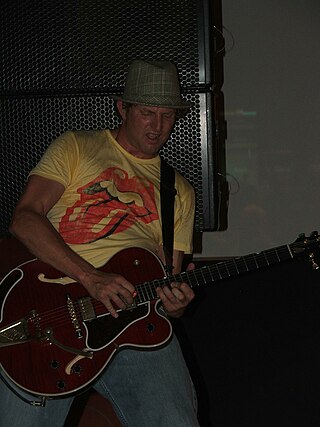
Mark William Bryan is an American musician. He is a founding member, songwriter, and lead guitarist for the band Hootie & the Blowfish. In 1986, Bryan and his friend Darius Rucker formed a duo called the Wolf Brothers while attending the University of South Carolina. Eventually, friends Dean Felber and Jim Sonefeld joined the band, which led to the founding of Hootie & the Blowfish in 1989. Bryan has also released three solo albums: 30 on the Rail, End of the Front, and Songs of the Fortnight.

"Only Wanna Be with You" is a song by American alternative rock band Hootie & the Blowfish. After being included on the group's EP Kootchypop (1993), it was released in July 1995 as the third single from their breakthrough album, Cracked Rear View (1994). It peaked at number six on the US Billboard Hot 100, number one on the Billboard Top 40/Mainstream chart, number three on the Billboard Adult Contemporary chart, and number two on the Billboard Album Rock Tracks chart.

"Let Her Cry" is a song by American rock band Hootie & the Blowfish. It was released in December 1994 as the second single from their debut album, Cracked Rear View (1994), and became a top-10 hit in Australia, Canada, Iceland, and the United States. The song received the Grammy Award for Best Pop Performance by a Duo or Group with Vocals in 1996.

Fairweather Johnson is the second studio album by American rock band Hootie & the Blowfish, released on April 23, 1996, through Atlantic Records. Three songs from the album were released as singles: "Old Man & Me", "Tucker's Town", and "Sad Caper". The album debuted at number one on the Billboard 200 in May 1996, while their debut, Cracked Rear View, was still in the charts. It has sold 2,361,000 copies in the US as of May 2012. Despite its initial success, sales tapered off quickly, and the album earned mixed reviews. It was included in Pitchfork Media's 2010 list of "ten career-killing albums" of the 1990s. Stylus Magazine shared sentiments, including it in their "Non-Definitive Guide to the Follow-Up", saying "really, everyone saw this one coming a mile off. Who was really gonna care about another Hootie album?"
Marti Jones is an American singer and visual artist known for her albums and her paintings. She exhibits visual art as "Marti Jones Dixon."

"Time" is a song by American rock band Hootie & the Blowfish. It was released on October 24, 1995, as the fourth single from their 1994 debut album, Cracked Rear View. "Time" peaked at number 14 on the US Billboard Hot 100 and reached number one in Canada for a week in February 1996. The song also peaked at number one on the Billboard Adult Top 40, number nine in Iceland, and number 35 in New Zealand.

"I Go Blind" is a song by Canadian alternative rock group 54-40. The song was released in Canada as the second single from the band's 1986 self-titled album, 54-40. It has since become one of the band's most popular songs.

"Hold My Hand" is the debut single of the American alternative rock band Hootie & the Blowfish from their album Cracked Rear View. All four of the band members wrote the song sometime in 1989, and it was released on a self-titled cassette EP the year after. Released in July 1994, "Hold My Hand" charted at number 10 on the US Billboard Hot 100. The song includes a backing vocal from David Crosby.
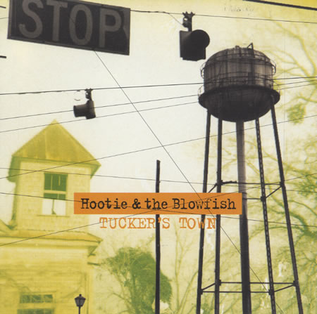
"Tucker's Town" is a song by American rock group Hootie & the Blowfish. It was released on June 25, 1996, as the second single from their second album, Fairweather Johnson (1996). In the United States, it peaked at number 38 on the Billboard Hot 100, number 24 on the Billboard Adult Contemporary chart, and number 29 on the Billboard Mainstream Rock chart. Outside the US, "Tucker's Town" reached number two in Canada—ending 1996 as the country's 25th-most-successful single—and number 20 in Iceland.

"Old Man & Me " is a song by American rock group Hootie & the Blowfish. It was released in April 1996 as the lead single from their second album, Fairweather Johnson. In the United States, it peaked at number 13 on the Billboard Hot 100, number 18 on the Billboard Adult Contemporary chart, and number six on the Billboard Mainstream Rock chart. The song also reached number one in Canada, becoming the band's third and final single to do so.

Kootchypop is a 1993 EP by Hootie & the Blowfish released independently. Several of the EP's songs became hits when they were re-recorded for their later major-label albums. In addition, the tracks were eventually remastered and included as a bonus on the deluxe 25th anniversary edition of Cracked Rear View.

The Fabulous Knobs is an American rock band formed in Raleigh, North Carolina, in 1978. They were one of the key players in the North Carolina music scene during the 1980s, frequently performing at venues in downtown Raleigh. One contemporary reviewer noted, "With skin-tight rhythms and spare, jangling guitar lines, The Fabulous Knobs play punchy dance music that vacillates between R&B and new wave".
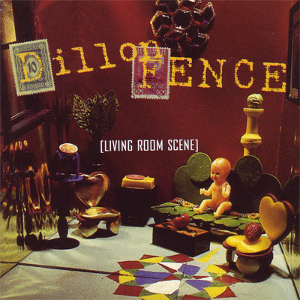
Living Room Scene is an album by the American band Dillon Fence, released in 1994. It was the band's final studio album; half the band left shortly after its release, forcing singer Greg Humphreys and drummer Scott Carle to support it with two new touring musicians. The title track, about living in a college town, was the first single.
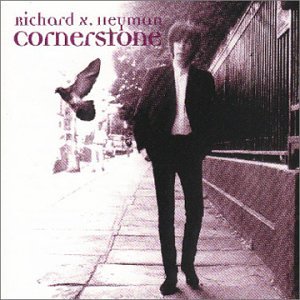
Cornerstone is an album by the American power pop musician Richard X. Heyman, released in 1998. It was Heyman's first album in almost seven years.

Kindness of the World is an album by the American musician Joe Henry, released in 1993.
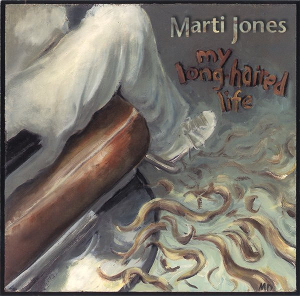
My Long-Haired Life is an album by the American musician Marti Jones, released in 1996. It was released the same year as a live album, Live at Spirit Square, which was recorded in 1990. The albums marked a return from a six-year recording hiatus. My Long-Haired Life's title alludes to Jones's career before motherhood.

















